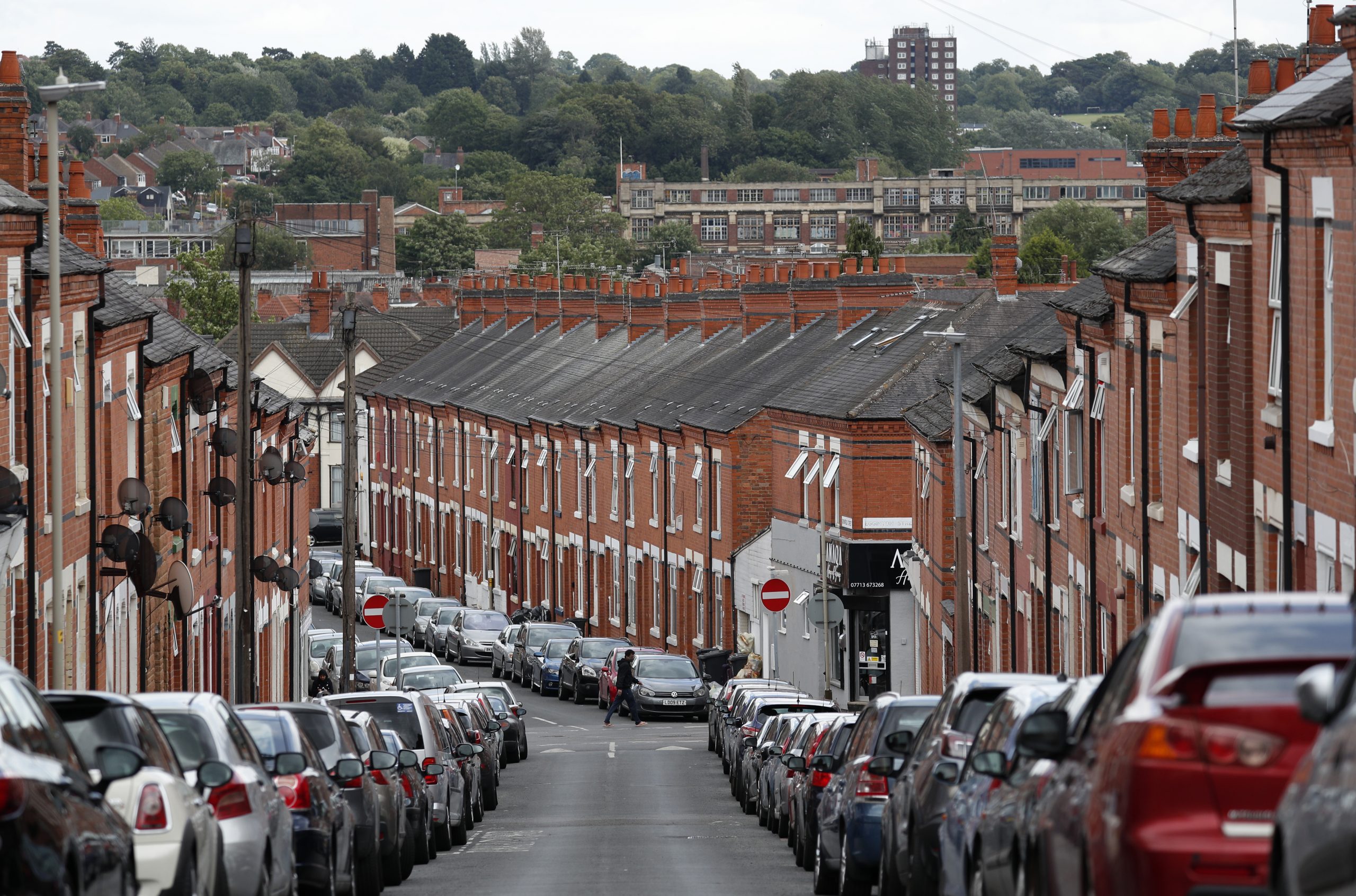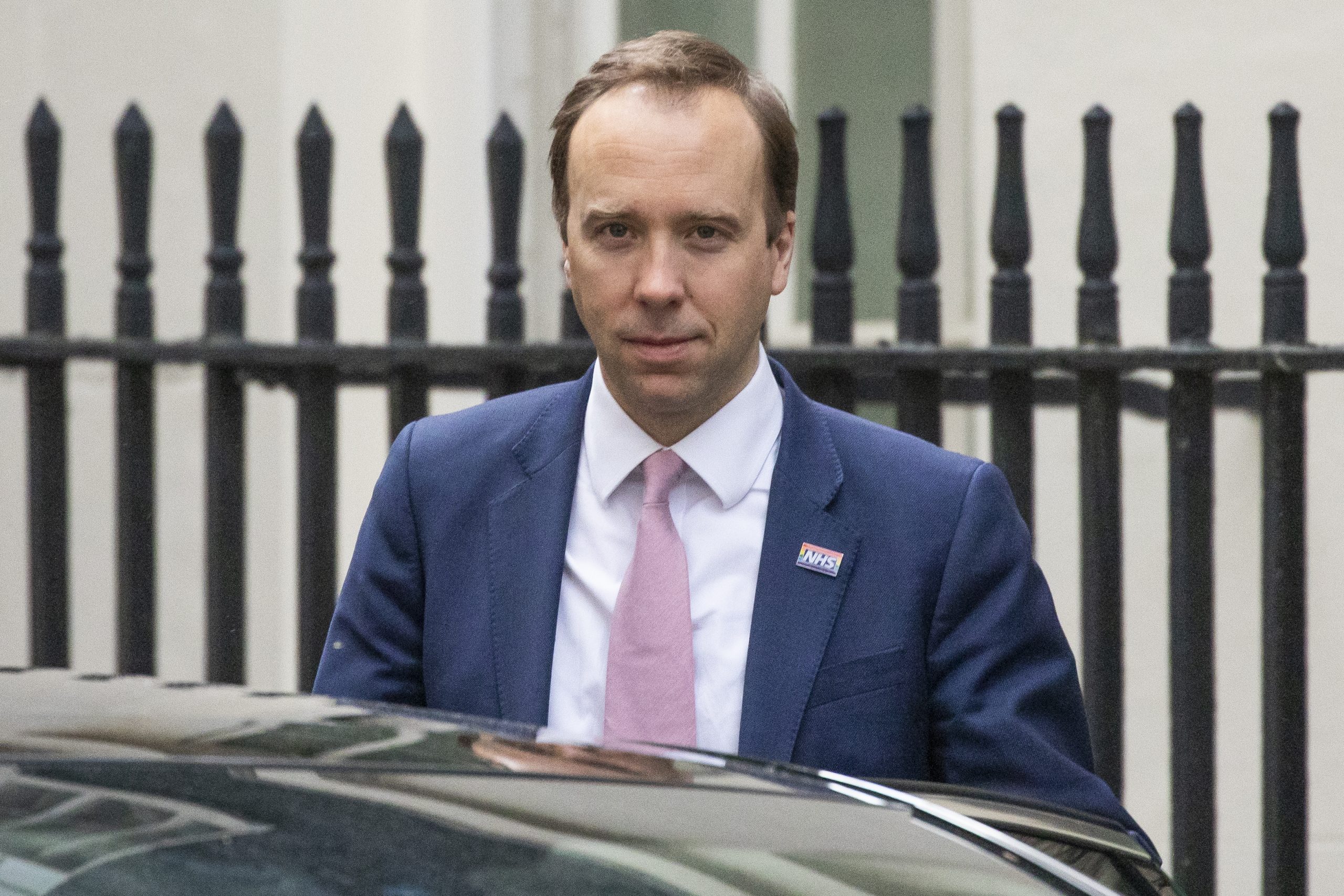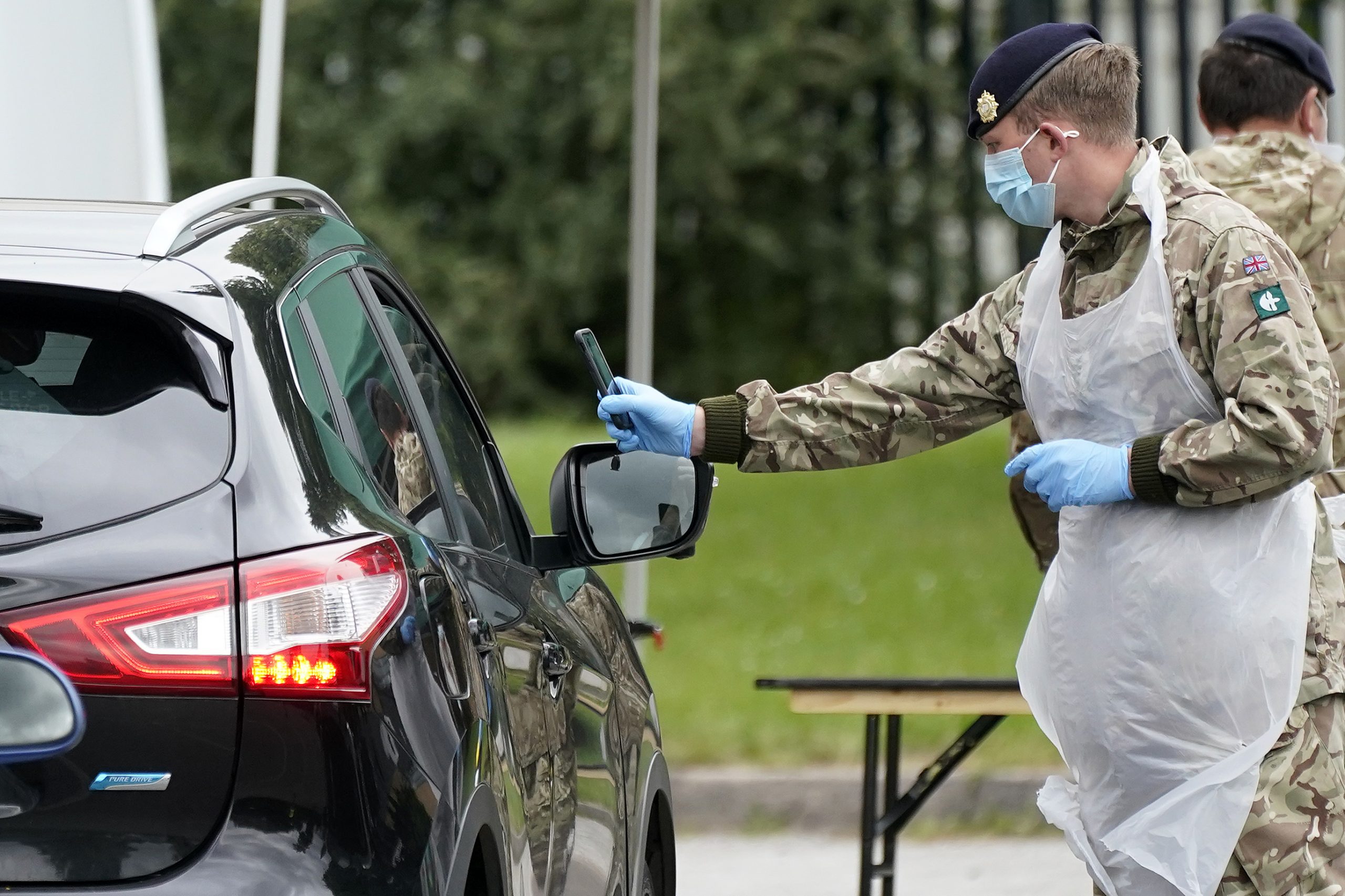Is Leicester still in lockdown and when is Leicester's lockdown being reviewed?
It's seen a surge in cases...

While it may feel like we're on the downward slope with coronavirus these days, the government and health officials have warned us that 'local lockdowns', put in place to deal with local outbreaks of the virus, are and will continue to be a very real possibility.
And that could be the case even more so now that the idea of coronavirus immunity has come under question. So is Leicester still in lockdown, when is Leicester's lockdown being reviewed and which other areas are at risk of local lockdown?
Is Leicester still in lockdown?
Leicester was officially the first UK city to enter into a local lockdown in late June, following a surge of coronavirus cases in the area. It remains in local lockdown.
This followed the news that a further 36 areas in the UK may also be go back into local lockdown, due to a rise in cases (you can see a full list of cities at risk of local lockdown here).
But now, it looks as though officials are keen to get the city back open and running again with a decision being made soon about whether Leicester is ready to come out of the local lockdown.
Which date is Leicester's lockdown being reviewed?
It is now thought that Leicester's lockdown review date will come earlier than expected, on Thursday 16th July.
Health Secretary Matt Hancock told the House of Commons on Tuesday that the review will now take place tomorrow.
GoodtoKnow Newsletter
Parenting advice, hot topics, best buys and family finance tips delivered straight to your inbox.
"There is a process for whether changes can be made in Leicester," he told MPs. "The process is that we will look at 14 days of data - it is today 14 days since the measures were introduced.
"We'll look at that on Thursday of this week and make a public announcement, as soon as is reasonably possible, about whether and if any changes can be made to the situation in Leicester."
Leicester's original lockdown review date was Saturday 18th June. It is thought that this week, the government will make a decision about whether the city and some of its surrounding suburbs will remain in lockdown for another two weeks, or the restrictions will be lifted.
The government's deputy chief medical officer, Dr Jonathan Van Tam said that the coronavirus situation is improving in the city but needs to go further, describing Leicester as an "outlier in terms of rates of coronavirus infection compared with any other place in the country unfortunately, and any other place in the East Midlands."
Speaking to BBC Radio Leicester, he explained that testing for the virus had been increased over the last couple of weeks and quoted a Public Health England report that said the seven day rate of infection was 126 per 100,000 people. He compared those rates to Leicestershire, which as 17.7 cases per 100,000 people, as well as to the cities of Derby, 9.3 cases, and Nottingham which has 5.4 cases per 100,000 people.
For Leicester to exit the lockdown, Dr Van Tam has specified that the city will have to have a falling infection rate and be "sensibly comparable" to other areas of the country.
Where is the Leicester lockdown zone?
There has been some confusion since the lockdown launched over which areas the new rules actually applied to.
In order to provide some clarification, Leicester County Council put together a map displaying the areas the local lockdown applied to.
It included all areas in Oadby and Wigston, as well as Braunstone town and Birstall.
Nick Rushton, leader of the Leicestershire County Council, commented on the announcement of the local lockdown.
He said, "Clearly coronavirus does not adhere to lines on a map. And although county rates are below the national and regional averages, we can't be complacent and it makes sense to step up restrictions in areas closer to the city."
Why did the city go back in to lockdown?
The city of Leicester was the UK’s first local lockdown area. The measures were implemented as the city saw a spike in coronavirus cases recently.
According to reports, Public Health England figures show that Leicester has had around 2,987 confirmed coronavirus cases since the start of the pandemic back in March. However, of these, 866 are believed to have occurred in the last two weeks - suggesting a local spike.
READ MORE: When can grandparents see grandchildren again - and help with childcare?
It was reported by the BBC that the cases are mostly thought to be among younger people of working age, to the east of the city. The city’s mayor Sir Peter Soulsby explained that while the measures are tight, he is keen to ensure they don't go on longer than they need to.
He said at the time, “These measures are stricter than we anticipated but we understand the need for firm action. I am determined that we will make this work and to minimise the time these additional measures need to be in place in the city.”
But the mayor has since criticised the lockdown, saying that the figures in the second report by Public Health England - indicating that Leicester had an infection rate of 17.7 cases per 100,000 people - was two weeks out of date and only represented specific neighbourhoods who had issues with the virus. He said that the data was "dubious" and that the lockdown had not be justified.
What does local lockdown mean for Leicester?
A full local lockdown for Leicester was ordered by the government - making it the first city in the UK to return to stricter measures. bOn June 29, Health Secretary Matt Hancock announced that non-essential shops in the area would be shut the following day, and schools will close for most pupils two days later on Thursday July 2.
He also explained that the loosening of restrictions that took place on July 4 across England - the reopening of pubs, restaurants and some other venues such as hairdressers - would not be happening in Leicester. It is still not known when these places would be allowed to open again in Leicester, as the review into lockdown restrictions comes later this week.
At the time, Matt Hancock revealed that the local lockdown was happening because 10 per cent of all positive coronavirus cases across the UK had been found in Leicester in the past week.

He also suggested that the area was returning to the 'Stay Home' orders, stating, "We recommend to people in Leicester, stay at home as much as you can, and we recommend against all but essential travel to, from and within Leicester."
The local lockdown was to be in place in Leicester for at least two weeks, with a review at the end of the two weeks - coming up on July 18.
Despite the lockdown, the city's mayor argued that said local officials in Leicester don't have all the information they need to maintain the lockdown, nor the powers to enforce it if people break the rules.
But, Matt Hancock reassured that police would have the powers to enforce the rules if they were being broken.
In order to cope with the delayed opening of some businesses, the government also announced that the city would receive extra funding and support in order to ride out the extended lockdown. Mass testing was also put in place, with a walk-in test centre established in the city.
How will local lockdowns work in the future and which cities could be next?
Before Leicester, we'd mostly seen local lockdowns only in the form of specific locations or businesses. For example, there have been various outbreaks in meat factories across the country - such as in Anglesey in Wales. To deal with these, the factories were shut down, and all workers were told to immediately self-isolate and get a Covid-19 test.
However, with the news of Leicester's lockdown in June, it seems that entire areas and cities will be locked down in the future if they see a spike in coronavirus cases. Judging by the announcement on Leicester, local lockdowns will mean areas opening at a slower rate to the rest of the country, and a return to some tighter restrictions, that we originally saw earlier in the course of the pandemic.
MORE: How to order a coronavirus test if you’ve got symptoms
However, local MPs have questioned how this approach would work in practise though, and how it would be enforced. The mayor of Greater Manchester, Andy Burnham, said in May that local lockdowns could be a 'recipe for chaos'.
He said, "It raises very real challenges with regard to the enforceability of any local lockdown, and indeed the fairness of having one community locked down or even partially locked down, next door to another which is not, and the tensions that may arise from a situation like that.
Earlier on in the pandemic, Health Secretary Matt Hancock explained that local lockdowns would be a part of the government's test and trace scheme, saying, "we will have local lockdowns in future where there are flare-ups."

It's also stated that some other areas of the UK could be at risk of being placed under a local lockdown, as cases there are rising - some slowly, but other more quickly.
Amy is Senior Digital Writer across Woman & Home, GoodTo and Woman, writing about everything from celebrity news to health, fashion and beauty features. When she isn't obsessing over the latest dress drop from Marks & Spencer, you'll most likely find Amy out running, or with a cup of tea in hand ready to dive into a gripping new Netflix series.